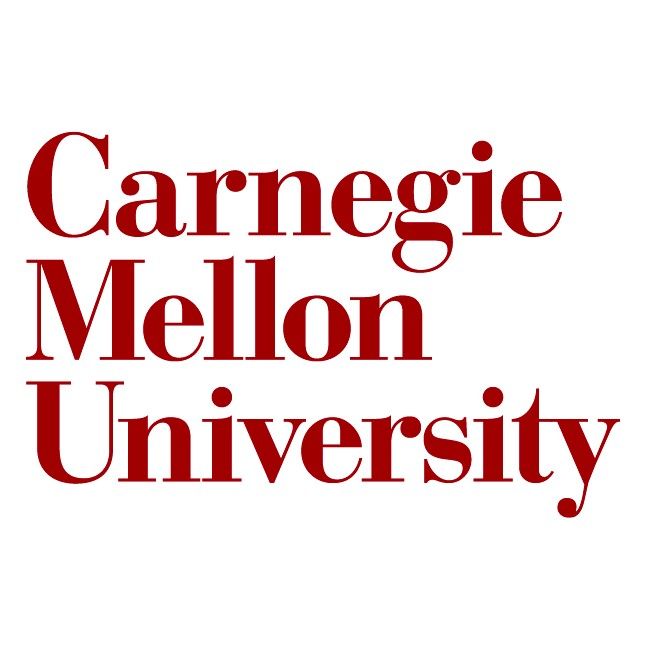Euxhen Hasanaj, Jingtao Wang, Arjun Sarathi, Ziv Bar-Joseph. et al. Interactive single-cell data analysis using Cellar. Nat Commun 13, 1998 (2022).
Euxhen Hasanaj, Jingtao Wang, Arjun Sarathi, Jun Ding, Ziv Bar-Joseph. Cellar: Interactive single cell data annotation tool. Nature Communications. , in press, 2022
M.T. Dayao, M. Brusko, C. Wasserfall, and Z. Bar-Joseph. Membrane marker selection for segmenting single cell spatial proteomics data. Nature Communications. , in press, 2022
Jouni Sirén, Jean Monlong, Xian Chang, Adam M. Novak, Jordan M. Eizenga, Charles Markello, Jonas A. Sibbesen, Glenn Hickey, Pi-Chuan Chang, Andrew Carroll, Namrata Gupta, Stacey Gabriel, Thomas W. Blackwell, Aakrosh Ratan, Kent D. Taylor, Stephen S. Rich, Jerome I. Rotter, David Haussler, Erik Garrison, Benedict Paten, Pangenomics enables genotyping of known structural variants in 5202 diverse genomes, Science. In press, 2021.
Shafin K, Pesout T, Chang PC, Nattestad M, Kolesnikov A, Goel S, Baid G, Kolmogorov M, Eizenga JM, Miga KH, Carnevali P, Jain M, Carroll A, Paten B. Haplotype-aware variant calling with PEPPER-Margin-DeepVariant enables high accuracy in nanopore long-reads. Nat Methods. 2021 Nov;18(11):1322-1332. https://doi.org/10.1038/s41592-021-01299-w. Epub 2021 Nov 1. PMID: 34725481; PMCID: PMC8571015.
J. Ding, A. Alavi, M.R. Ebrahimkhani, Z. Bar-Joseph. Computational tools for analyzing single-cell data in pluripotent cell differentiation studies. Cell Reports Methods, Volume 1, Issue 6, 25 October 2021. https://doi.org/10.1016/j.crmeth.2021.100087.
H. Chen and R. F. Murphy, Evaluation of cell segmentation methods without reference segmentations. bioRxiv 2021.09.17.460800. https://doi.org/10.1101/2021.09.17.460800.
H. Teng, Y. Yuan, Z. Bar-Joseph. Clustering Spatial Transcriptomics Data. Bioinformatics. In press, 2021. https://doi.org/10.1093/bioinformatics/btab704
J. Ding, N. Sharon and Z. Bar-Joseph. Temporal modeling using single cell transcriptomic. Nature Reviews Genetics. In press, 2021.
Y. Yuan and Z. Bar-Joseph. Deep learning of gene relationships from single cell time-course expression data. Briefings in Bioinformatics, Volume 22, Issue 5, September 2021. https://doi.org/10.1093/bib/bbab142.
Börner, K., Teichmann, S.A., Quardokus, E.M. et al. Anatomical structures, cell types and biomarkers of the Human Reference Atlas. Nat Cell Biol 23, 1117–1128 (2021). https://doi.org/10.1038/s41556-021-00788-6
Sungnak, W., Huang, N., Bécavin, C. et al. SARS-CoV-2 entry factors are highly expressed in nasal epithelial cells together with innate immune genes. Nat Med 26, 681–687 (2020). https://doi.org/10.1038/s41591-020-0868-6
G. Songwei, H. Wang, A. Alavi, E. Xing and Z. Bar-Joseph. Supervised Adversarial Alignment of Single-Cell RNA-seq Data. Journal of Computational Biology, Online ahead of print, 2021. Original version appeared in Proceedings of the 24th Annual International Conference on Research in Computational Molecular Biology (RECOMB), pp 72-87, 2020. https://doi.org/10.1089/cmb.2020.0439.
C. Lin, J. Ding, Z. Bar-Joseph. Inferring TF activation order in time series scRNA-Seq studies. PLoS Comput Biol. , 16(2):e1007644, 2020. https://doi.org/10.1371/journal.pcbi.1007644.
H. Zafar, C. Lin, Z. Bar-Joseph. Single-cell lineage tracing by integrating CRISPR-Cas9 mutations with transcriptomic data. Nature Communications, 11:3055, 2020. https://doi.org/10.1038/s41467-020-16821-5.
J Ding, Z Bar-Joseph. Analysis of time series regulatory networks. Current Opinion in Systems Biology. , 21, Pages 16-24, 2020. https://doi.org/10.1016/j.coisb.2020.07.005.
A. Alavi, Z. Bar-Joseph. Iterative point set registration for aligning scRNA-seq data.
PLoS Comput Biol. , 16(10):e1007939, 2020. https://doi.org/10.1371/journal.pcbi.1007939.
D. Li, J. Ding, Z. Bar-Joseph, Identifying signaling genes in spatial single-cell expression data, Bioinformatics, Volume 37, Issue 7, 1 April 2021, Pages 968–975. https://doi.org/10.1093/bioinformatics/btaa769.
Y. Yuan, Z. Bar-Joseph GCNG: Graph convolutional networks for inferring cell-cell interactions. Genome Biology, 21(1):300, 2020. https://doi.org/10.1186/s13059-020-02214-w.
Snyder, M.P., Lin, S., Posgai, A. et al. The human body at cellular resolution: the NIH Human Biomolecular Atlas Program. Nature 574, 187–192 (2019). https://doi.org/10.1038/s41586-019-1629-x.
Lin, C., & Bar-Joseph, Z. (2019). Continuous-state HMMs for modeling time-series single-cell RNA-Seq data. Bioinformatics 35 (22), 15 November 2019, 4707 – 4715. https://doi.org/10.1093/bioinformatics/btz296.
Ding, J., Lin, C., & Bar-Joseph, Z. (2019). Cell lineage inference from SNP and scRNA-Seq data. Nucleic acids research, 47(10), e56. https://doi.org/10.1093/nar/gkz146.
Zafar, H., Lin, C. & Bar-Joseph, Z. Single-cell lineage tracing by integrating CRISPR-Cas9 mutations with transcriptomic data. Nat Commun ,11, 3055 (2020). https://doi.org/10.1038/s41467-020-16821-5.
















